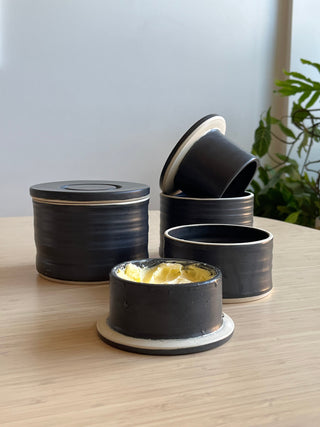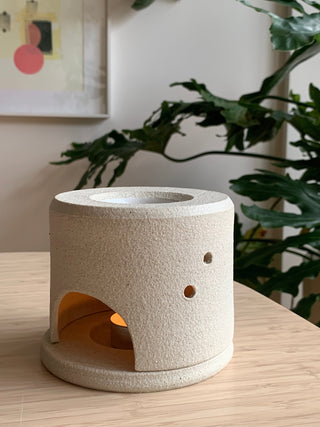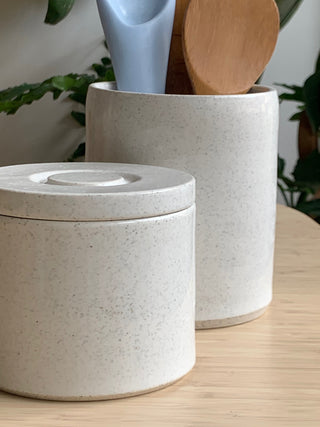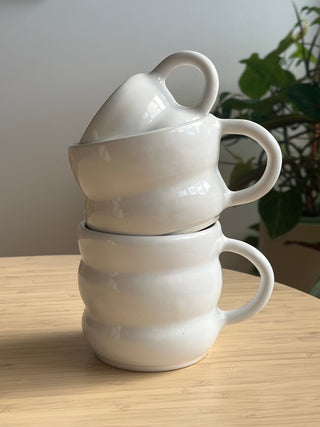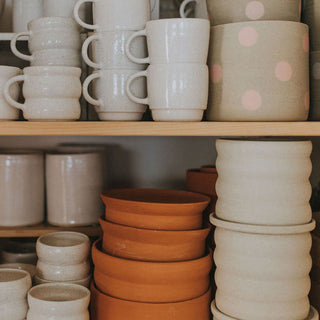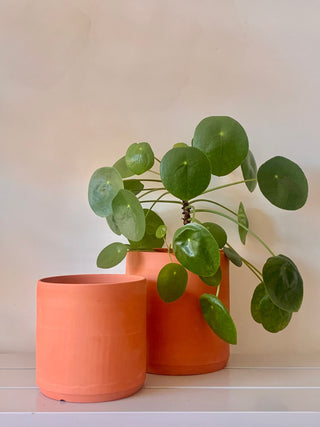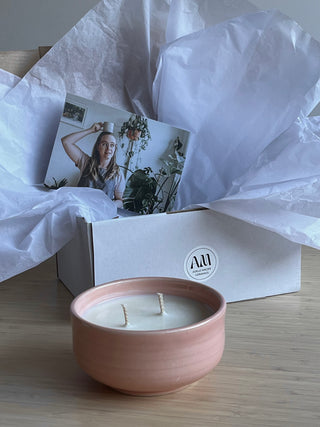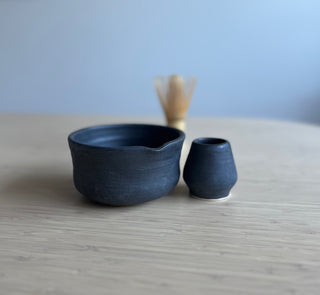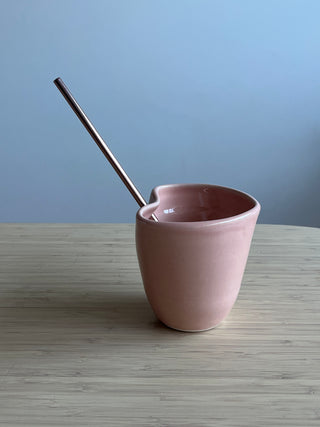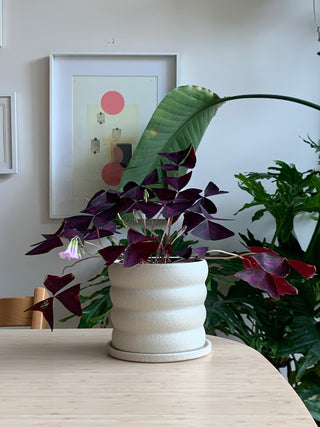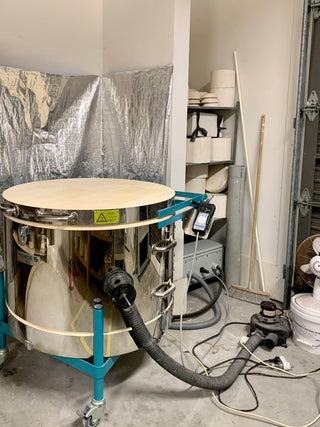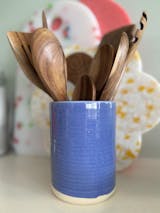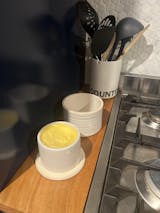If you're a ceramic artist or someone who loves working with clay, you're probably already aware of the potential hazards that come with working in a ceramics studio. But don't worry, with a few safety precautions and a little bit of care, you can create a safe and enjoyable workspace for yourself.

First and foremost, always wear protective gear when working with clay and glazes. This includes gloves, aprons, and a respirator if you're working with dust or chemicals. It's also important to make sure your workspace is well-ventilated to reduce the risk of inhaling harmful fumes.
Another important safety tip is to keep your workspace clean and organized. Make sure your tools and materials are stored properly and out of reach of children and pets. It's also a good idea to mop or vacuum your workspace regularly with a HEPA filter vacuum to minimize the amount of dust and debris in the air. Never sweep!
When it comes to cleaning up after a pottery session, it's important to dispose of any leftover clay or glaze materials properly. Never pour glaze or slurry down the sink as it can clog the drain. Instead, let it dry out and dispose of it in a hazardous waste facility or bury it in the garden. Clay scraps can be reused (see my blog about setting up your space) or disposed of in the trash.

Now, let's talk about kiln safety. Kilns can reach extremely high temperatures, so it's important to follow the manufacturer's instructions carefully when using them. Always wear protective gear when loading and unloading the kiln, and make sure the area around the kiln is clear of any flammable materials. I’ve set up my kiln in the corner near the garage door and vented it with an Orton vent. Harmful fumes are vented and fanned outside. I have also put up some silver Reflective Wall Insulation which acts as a barrier to radiant heat. To avoid breathing in harmful fumes when the kiln is on, I only fire at night time. This also helps keeps costs down as I fire at “off peak” times.
When it comes to looking after and cleaning kiln shelves, there are a few things to keep in mind. Kiln shelves can become cracked or damaged over time, so it's important to inspect them regularly and replace them if necessary. It’s imperative to add a few layers of kiln wash as a protective barrier in case of glaze drips. I also add a dusting of alumina hydrate because I hate cleaning glaze drips off shelves. But, if the worst of my nightmares comes true, to clean kiln shelves, pop on your PPE then use a wire brush, chisel, or grinding stone to remove any leftover glaze or debris, and then wipe them down with a damp cloth. Stack them vertically when not in use and make sure they get cleaned from time to time. If you take care of your kiln shelves they will last for years to come.
Safety should always be a top priority when working in a ceramics studio. By following these simple tips, you can create a safe and enjoyable workspace for yourself. Hit the button below for an in-person event in September 2023.

